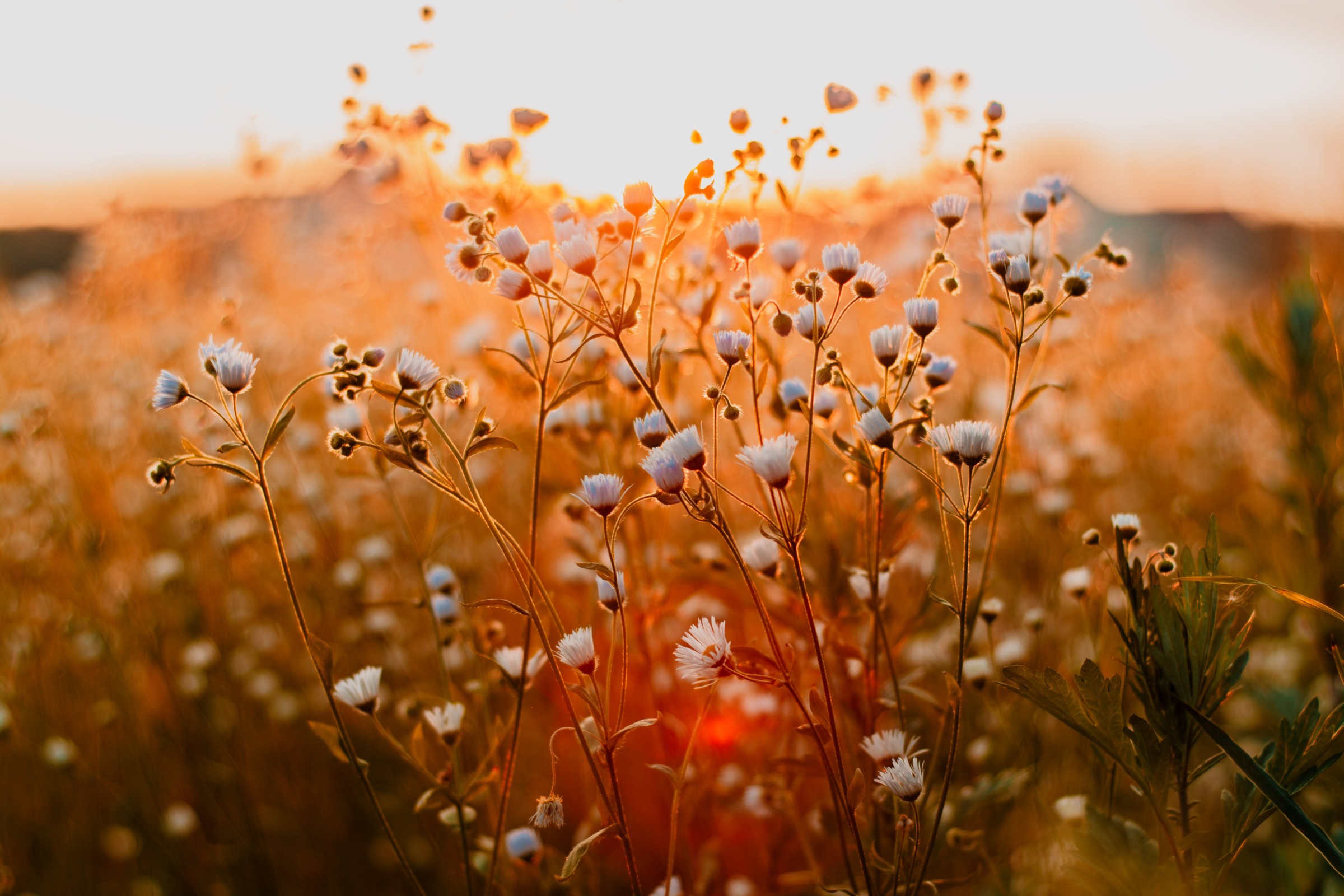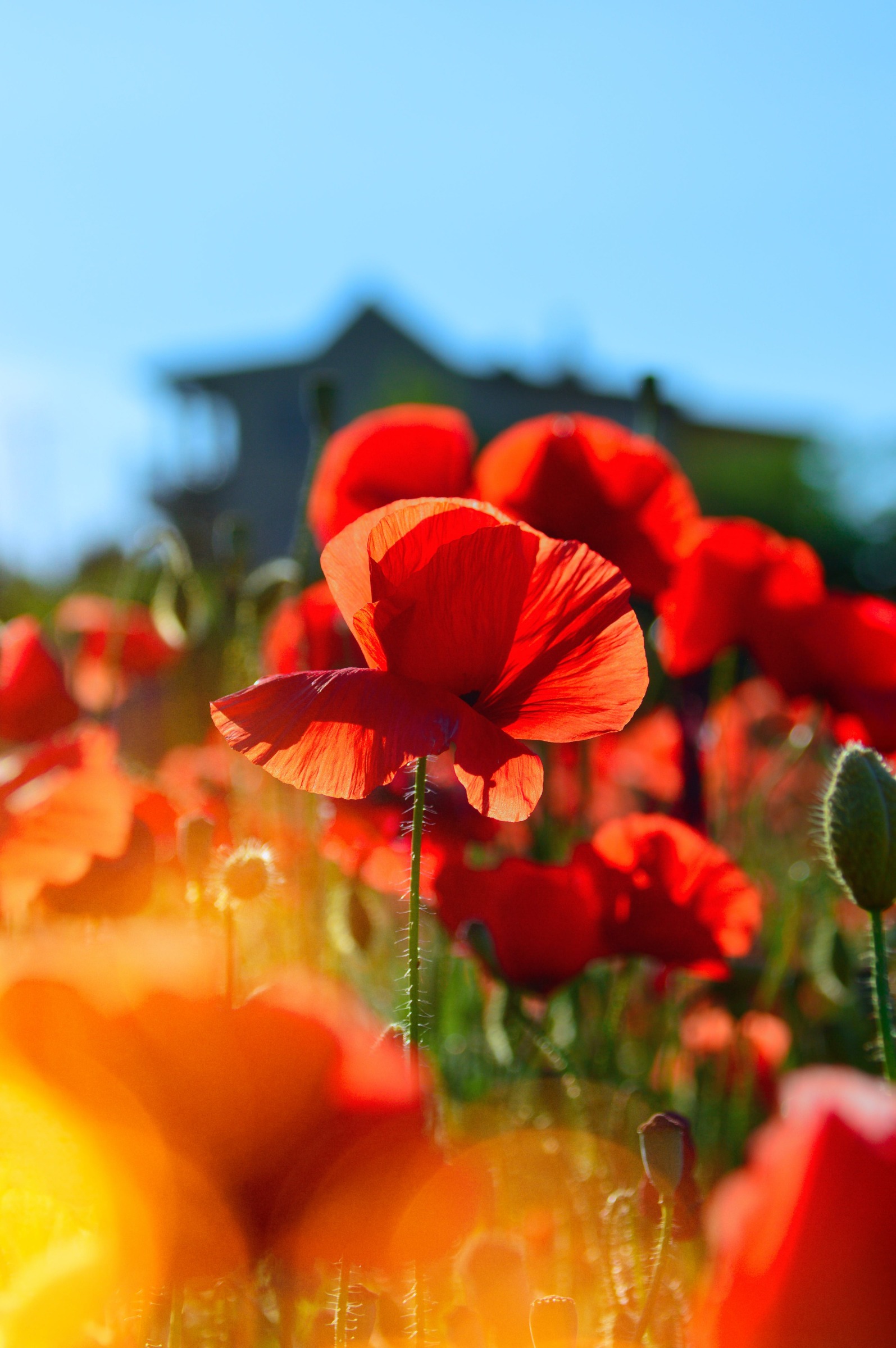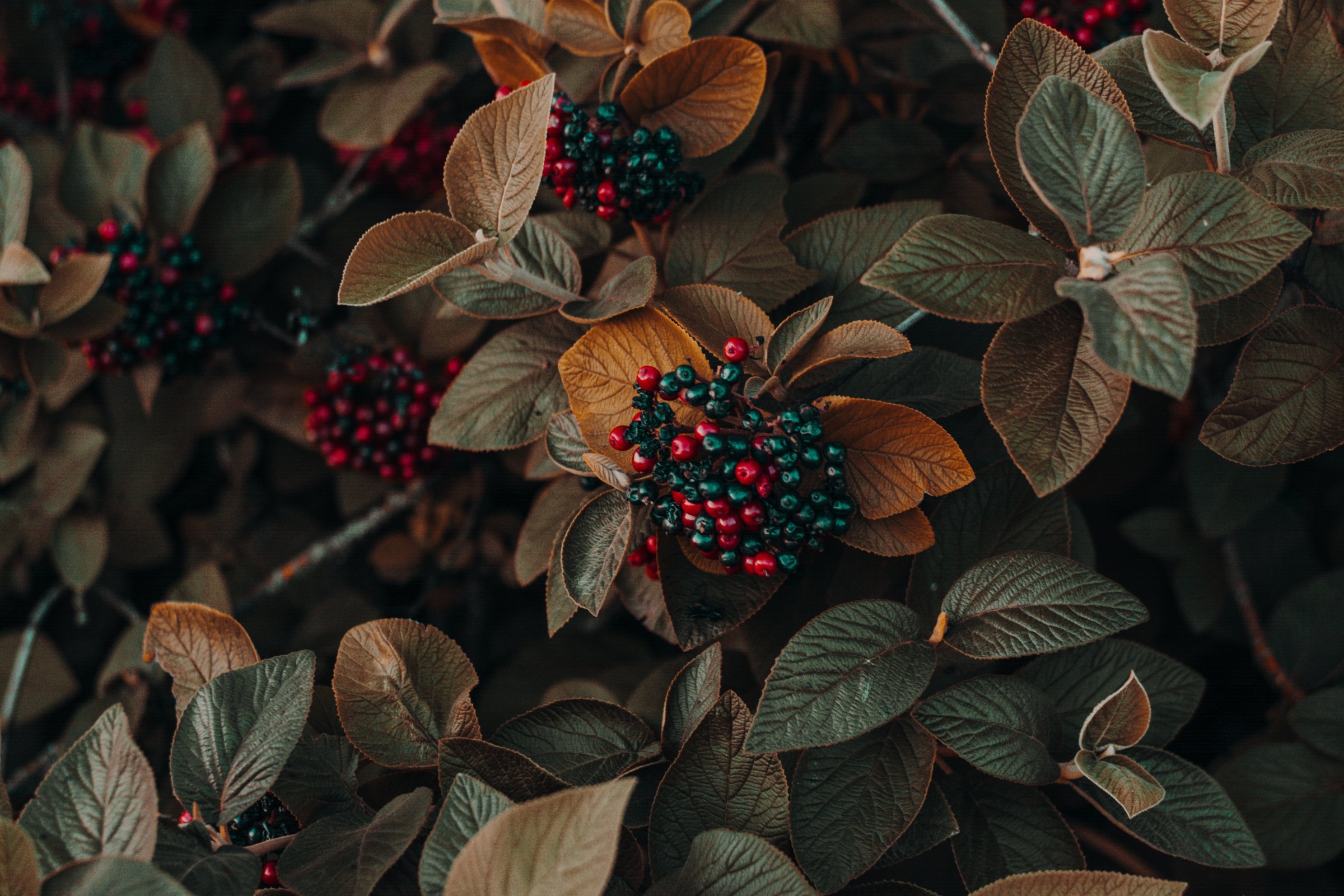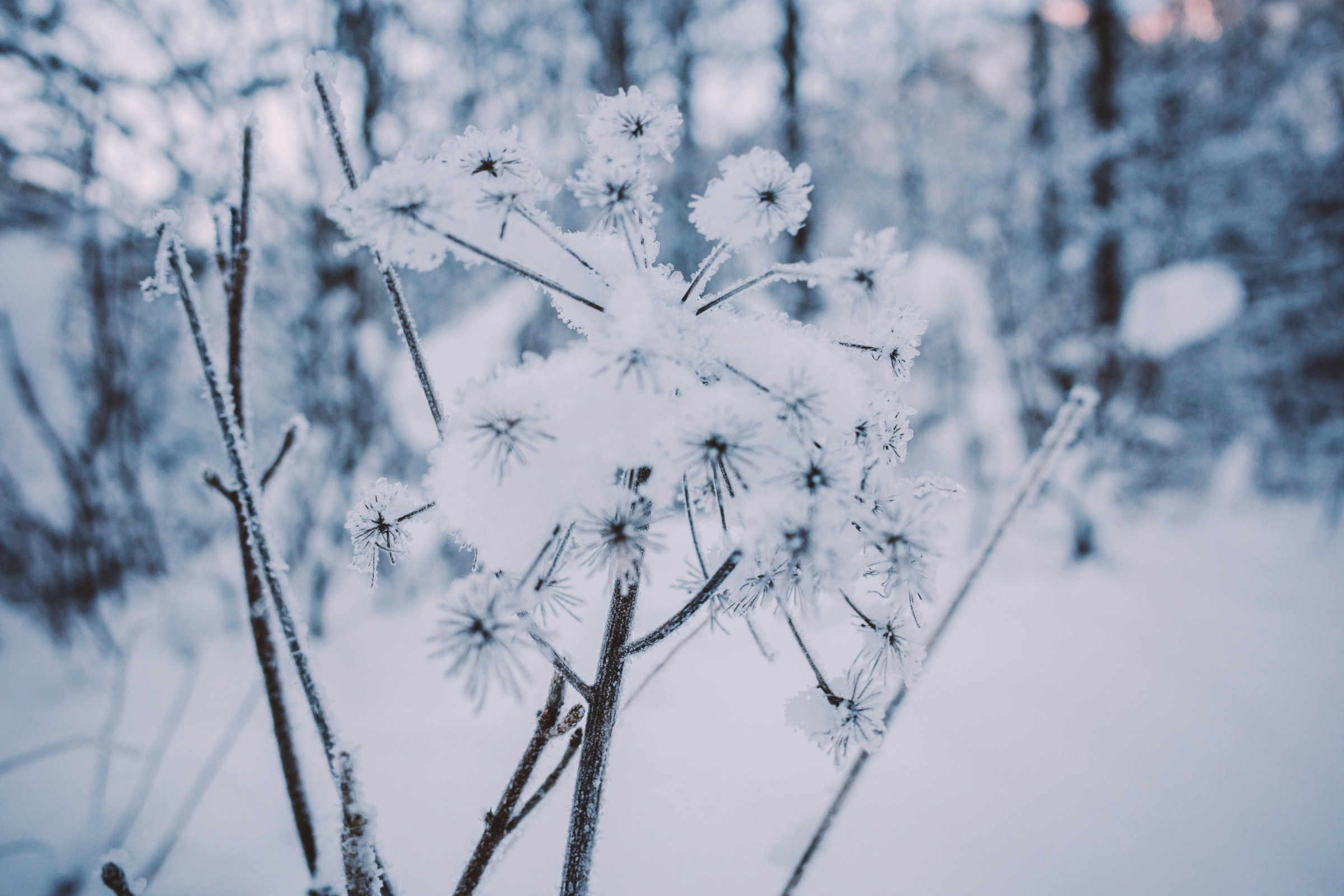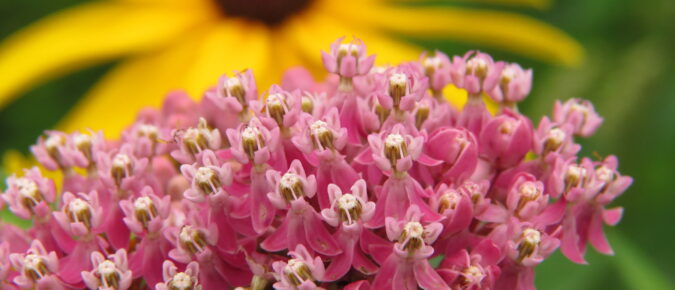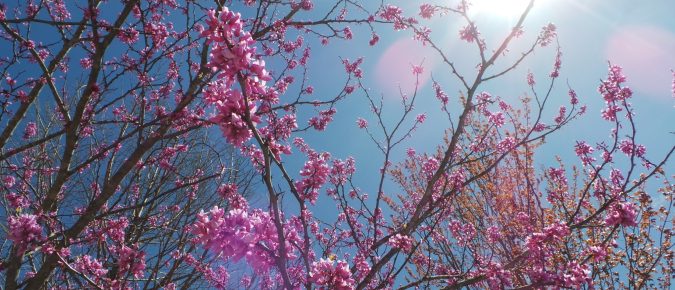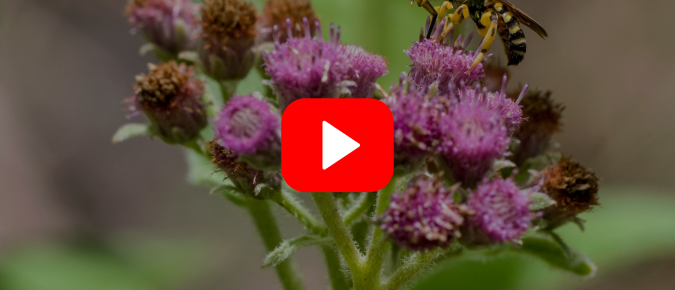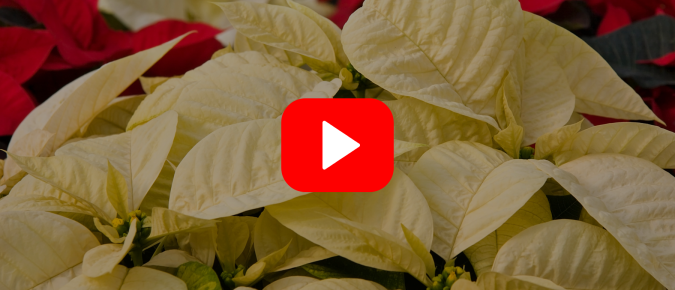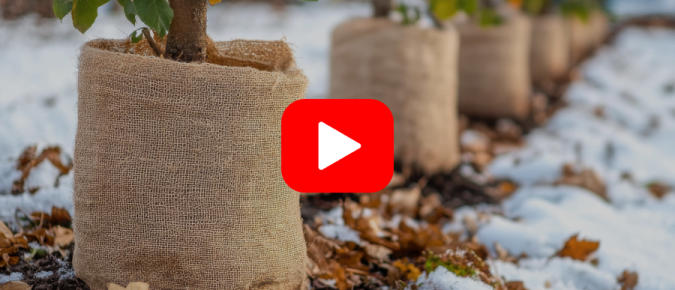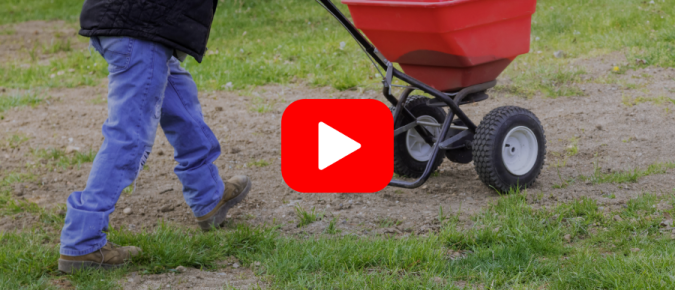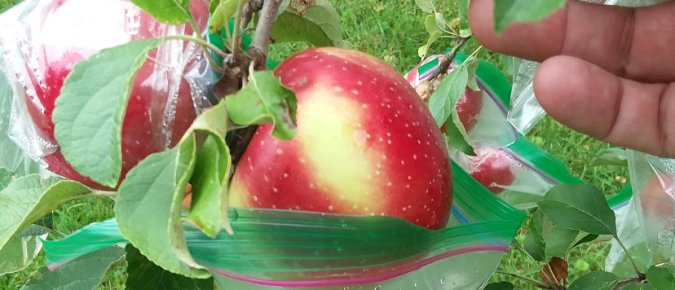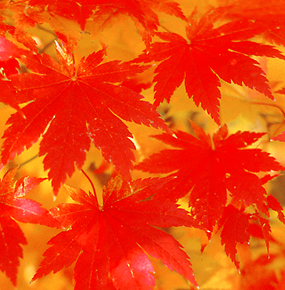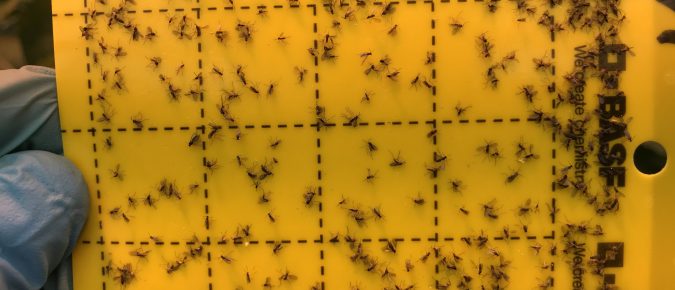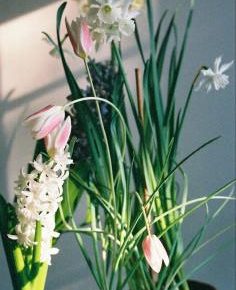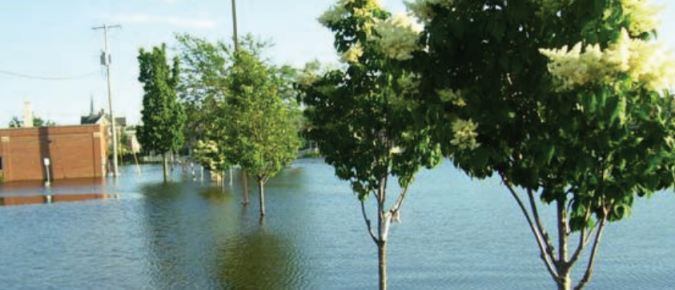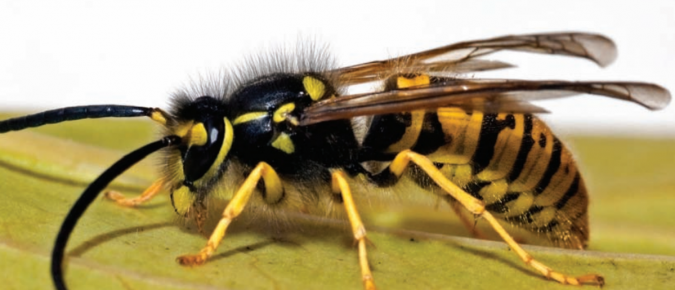Flowers, grasses, and sedges are great additions to your gardens and home landscape to intercept and control dirty water, store and cycle carbon, promote healthy soil, shelter and feed wildlife, and provide pollinator support. Over time, we have learned that many plants introduced into our gardens can negatively impact native species by spreading into natural areas.
Have you heard about “No Mow May?” Many people have committed to not mowing their yards in May, allowing flowering plants to grow to help provide food for pollinators. Before you stow away your mower for May, let’s look at what options you can take to help pollinators this Spring.
In this video, learn how to select and care for plants to attract and support diverse pollinators in your garden all season long. This presentation emphasizes native plants and pollinators and includes sustainable gardening practices.
Festive houseplants are common gifts in winter. In this video, learn how to keep a poinsettia, Christmas cactus, Norfolk Island Pine and other favorite gift plants thriving.
This webinar shares best practices on how to protect susceptible plants from snow and cold damage. It also covers proper mulching and watering techniques to help your plants through the fall and survive the winter.
Fall is a key time for many maintenance activities that support a lush, healthy lawn. Learn about fertilizer recommendations, aeration and overseeding, weed control, and more.
Producing apples in home gardens can be challenging due to damage by insects and fungal diseases. One effective organic solution is placing developing fruit in bags. This factsheet describes the process.
The colors of autumn leaves are one of nature’s most beautiful spectacles. Learn about what goes on inside leaves that leads to a beautiful fall color show in this article.
Fungus gnats (Family Sciaridae) are insects commonly associated with overwatered houseplants. They can become a nuisance when they are present in large numbers and fly around inside a home. In most situations, fungus gnats are a cosmetic problem. However, on occasion, fungus gnat larvae can cause plant damage.
Many plants grown from mbulbs can be forced to bloom indoors during the winter. Learn how to choose, plant, and provide the right conditions to enjjoy spring-flowering blooms indoors while its still winter outside.
“How long will my plants survive with their roots under water?” This publication will help you answer that question.
Scott R. Craven, Phillip J. Pellitteri, Mark J. Renz Revised: 1/15/2010 Item number: G3564 Wisconsin’s bountiful natural resources make it an ideal place for outdoor recreation. Most plants and creatures you encounter won’t hurt you, but timber rattlesnakes, yellow jackets, wild parsnip, and others can be troublesome. This guide will help you recognize, avoid, and […]

